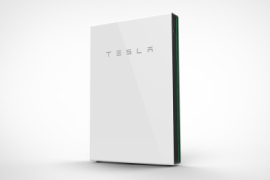Compare all the latest Home Battery Energy Storage Systems in the one place, easily!
There’s a lot of excitement and interest surround Solar Battery systems here in Australia (and the world) and rightfully so! Battery Storage is poised to completely overhaul literally the biggest industry on the planet, Energy.
So in the spirit of saving you time, money and helping you get all the important information up front and easily, we’re proud to present our Home Battery Energy Storage Comparison Sheet. Compare some of the most popular Battery Storage options on the market today complete with all the most important details you’ll need to make an informed decision.
Stop trawling through random sales website with no actual prices, we cover everything from size, weight, warranty and total power output. If you’d like more information on what Home Batteries do and why you might want one, check out The Home Battery Energy Storage Alex Shoolman Guide.
Home Battery Energy Storage Comparison Sheet
| GCL E-KwBe 5.6 | BYD B-Box LV | Tesla Powerwall 2 | Soltaro | LG Chem Resu 10 | LG Chem Resu 6.5 | Redflow Zcell | sonnen Batterie | Enphase | |
|---|---|---|---|---|---|---|---|---|---|
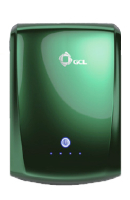 | 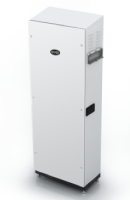 |  | 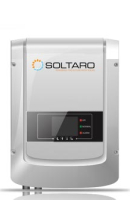 | 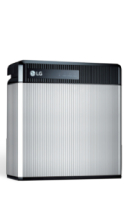 | 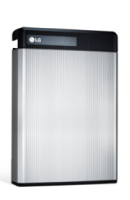 | 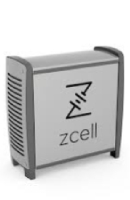 | 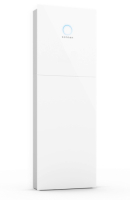 | 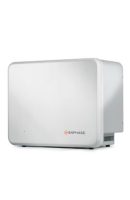 | |
| Guide: | No Guide Yet... | No Guide Yet... | Full Guide Here! | No Guide Yet... | No Guide Yet... | No Guide Yet... | No Guide Yet... | No Guide Yet... | No Guide Yet... |
| Price: | $3,650 | $8,700 | $11,700 | $1,700 | $7,650 | $5,800 | $12,600 | $8,600 (5 kWh) -> $16,500 (15 kWh) | $2,000 |
| Storage Size: | 5.6 kWh | 10.24 kWh | 14 kWh | 2 kWh | 9.8 kWh | 6.5 kWh | 10 kWh | 5 -> 15 kWh in 2.5 kWh increments | 1.2 kWh |
| Usable: | 5.6 kWh | 9.8 kWh | 13.5 kWh | 1.8 kWh | 8.8 kWh | 5.9 kWh | 10 kWh | 4.5 -> 13.5 kWh (90%) | 1.2 kWh |
| Price / kWh: | $651 | $887 | $867 | $944 | $869 | $983 | $1,260 | $1,100 (15 kWh) - $1,720 (5 kWh) | $1,666 |
| Weight: | 47 kg | 205 kg | 114 kg | 30 kg | 75 kg | 52 kg | 290 kg | 97 -> 200 kg | 25 kg |
| Dimensions WxHxD: | 53cm x 17cm x 70cm | 62cm x 172cm x 32cm | 115cm x 75cm x 15cm | 41cm x 38cm x 18cm | 45cm x 48cm x 23cm | 45cm x 65cm x 12cm | 50cm x 115cm x 100cm | 67cm x 186cm x 23cm + | 39cm x 32.5cm x 22cm |
| Temp Range: | -20°C to 50°C | 0°C to 50°C | -20°C to 50°C | -20°C to 55°C | -10°C to 45°C | -10°C to 45°C | 10°C to 50 °C | -5°C to 45 °C | -20ºC to 45ºC |
| Warranty: | 75% After 7 Years | 10 Years | 70% After 10 Years | 10 Years | 60% After 10 Years Or 30,000 kWh | 60% After 10 Years Or 20,000 kWh | 10 Years Or 36,500 kWh | 10 Years Or 10,000 Cycles | 10 Years |
| Power: | 3 kW Steady | 10 kW Steady | 5 kW Steady 7 kW Peak | 2 kW Steady | 5 kW Steady 7 kW Peak | 4.2 kW Steady 4.6 kW Peak | 3 kW Steady 5 kW Peak | 2.5 kW (single phase) 3.3 kW (three phase) | 260 W |
| Battery Inverter: | No | No | Yes | No | No | No | No | Yes | Yes |
| Last updated: 13th September, 2019. Please also note that while we try our best, there may be some errors or some points that are not 100% up to date. | |||||||||
Other Considerations
Now there’s a lot of information there so here are some pointers to help you make sense of it all. To start with not all batteries are created equal. Just like you have great quality cars, solar panels and computers, you also have the more unreliable brands. Home battery systems are no different and price is often – but not always – a reflector of this.
On top of this it’s also important to realise that not all battery systems are the same, nor will they fit your specific use case. Perhaps you only want a 6 kWh battery, in this case buying the Tesla Powerwall 2 wouldn’t fit your needs as it’s far bigger and thus, more expensive. Another thing you must also take into consideration is whether or not the system includes a Battery Inverter. This is what converts the DC power from the battery into AC power so your home can use it.
Furthermore there’s whether or not the system is readily available from your local supplier, the upfront cost and many other factors that can all be big sticking points when you buy your battery. There’s also the big question of whether or not purchasing a battery will be financially beneficial for you, which is a complex task to calculate and is different for everyone!
Just The Beginning
As you can no doubt tell, all these stats are a great place to start, but by no means give you a clear answer. To get to that, it’s recommended that you contact one of your local home battery storage suppliers.
Be sure to at least read up a little though first as many use the inherently complex nature of home batteries to confuse and oversell their customers. You should know why you want energy storage, have a solid understanding of how it works (eg. from our guide here) and most importantly, get multiple quotes from two or more suppliers.
This is the most important thing to help reduce the risk of someone talking you into needing a huge system you might not actually need or want.
So stay tuned, sign up for our free email notifications and get the latest in home battery news, breakthroughs as well as critical predictions on where the industry as a whole is going.
Subscribe!
Get guides, resources, free courses and news to give you the edge over everyone else. No spam. No BS.
